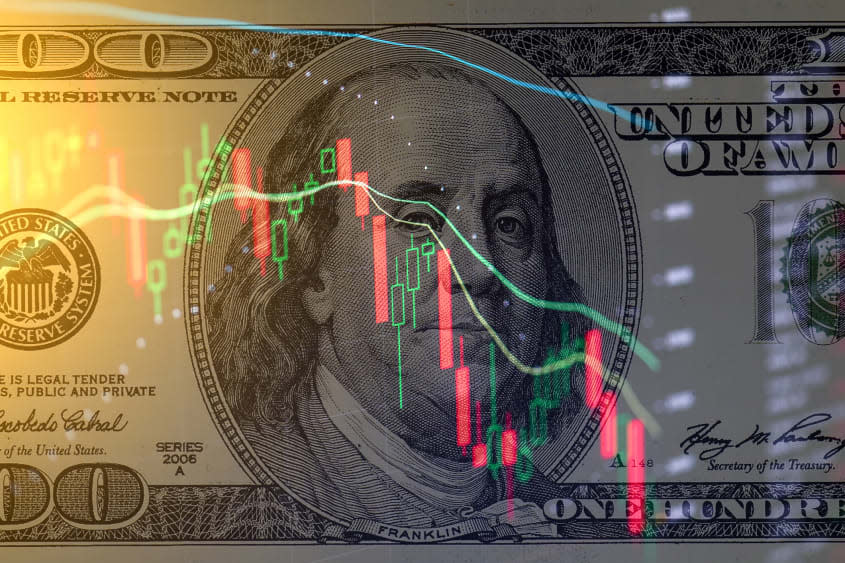What happened to the coming recession?

The smartest insight and analysis, from all perspectives, rounded up from around the web:
A surprisingly strong jobs report should put recession talk to rest, said Jonathan Levin in Bloomberg. The Labor Department last week reported that employers added 339,000 jobs in May, "the most since January and a number entirely out of line with widespread predictions of an imminent recession." In addition to May's report, "significant upward revisions to previous months' data" show that the labor market "isn't even really cooling off — let alone collapsing." Economists have been "projecting a weaker economy 'just around the corner' all year," thanks to the Federal Reserve's interest rate increases. Headlines about mass layoffs at big tech firms and Wall Street banks added to the feeling of economic gloom. But concerns about the labor market, consumer spending and company earnings look overstated.
Two factors are driving the unexpected strength in the labor market, said Catherine Rampell in The Washington Post. One is that employment among foreign-born workers has shot up 9.3% compared with February 2020. "Trends in legal immigration have largely normalized" after border shutdowns during the pandemic, and outside workers "are more than punching above their weight in this recovery." The share of women ages 25 to 54 in the workforce is also at an all-time high. The unemployment rate did jump from 3.4% to 3.7% in the May reading, an unusually large swing, said Chris Isidore at CNN. But the overall rate "still indicates a very tight labor market." And the pace of hiring is roughly 40% stronger than in the 10 years between the Great Recession and 2019.
The jobs momentum could prove self-sustaining, said Sarah Chaney Cambon in The Wall Street Journal. "The same inflation that worries the Fed" has translated into solidly growing wages month after month, fueling more spending — and higher profits for businesses. In addition to solid employment, Americans also still have $500 billion in savings in excess of what would have been expected pre-pandemic, thanks partly to the 2020 and 2021 stimulus packages and the effect that temporary office and business closures had on spending. The Fed is now debating what to do, said Colby Smith in the Financial Times. Several officials have been "advocating for the central bank to forgo a rate rise," which would allow "more time to assess the impact of its rate increases so far." But the labor market suggests that policymakers have "not yet damped demand sufficiently to get inflation under control," raising the odds of further tightening later this summer.
A top-heavy stock market may also be obscuring some warning signs, said Matt Phillips in Axios. "The S&P 500 is up 8.9% so far in 2023," but the market would be in the red again this year if not for the outsize success of just seven companies: Apple, Amazon, Alphabet, Meta, Microsoft, Nvidia, and Tesla. "Some see the dominance of the stock market by these few companies as a warning sign that the market as a whole actually isn't doing that well." Bellwether brands like Home Depot, Target and Walmart have all noted slowing sales figures in recent earnings reports, signaling that consumer spending may be petering out.
This article was first published in the latest issue of The Week magazine. If you want to read more like it, you can try six risk-free issues of the magazine here.
You may also like
4 things to consider when leaving an inheritance
'Jurassic Park' 30th anniversary: 13 things you didn't know about the film
Supreme Court's surprise Voting Rights Act ruling could help Democrats retake the House

